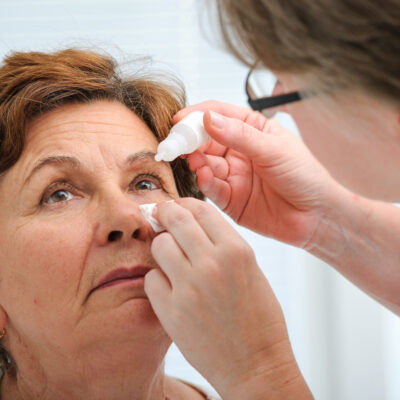
Health
The Healthy Benefits of Weighted Blankets
Weighted blankets are a type of therapeutic blanket that generally weighs between 5 and 30 pounds. The extra weight provides the same impact of a therapeutic technique known as deep pressure stimulation (DPS), which applies pressure via the hands, massage, squeezing, hugging, or tools in order to relax the nervous system. Let’s look at how weighted blankets can be used successfully for an array of health benefits: 1. For autism Researches have successfully established that managing the symptoms of autism may be possible with reliance on an array of treatments and remedies, like weighted blankets. The touch therapy that weighted blankets provides may be helpful including in reducing the levels of the stress hormone and improving neurotransmitters levels. These gravity blankets positively impact on the impulse control, mood regulation, and more in autistic patients. 2. Weighted blankets for ADHD A common symptom of ADHD is an inadequate focus, impulsiveness, and restlessness. Lack of focus is a common problem experienced with both adults and kids suffering from this condition, and thus completing any task becomes challenging. Weighted blankets offer deep-touch pressure stimulation, which comes in handy for addressing symptoms common with ADHD patients. Weighted blankets for ADHD deliver minimization of anxiety due to their calming, relaxing nature.
Read More 















